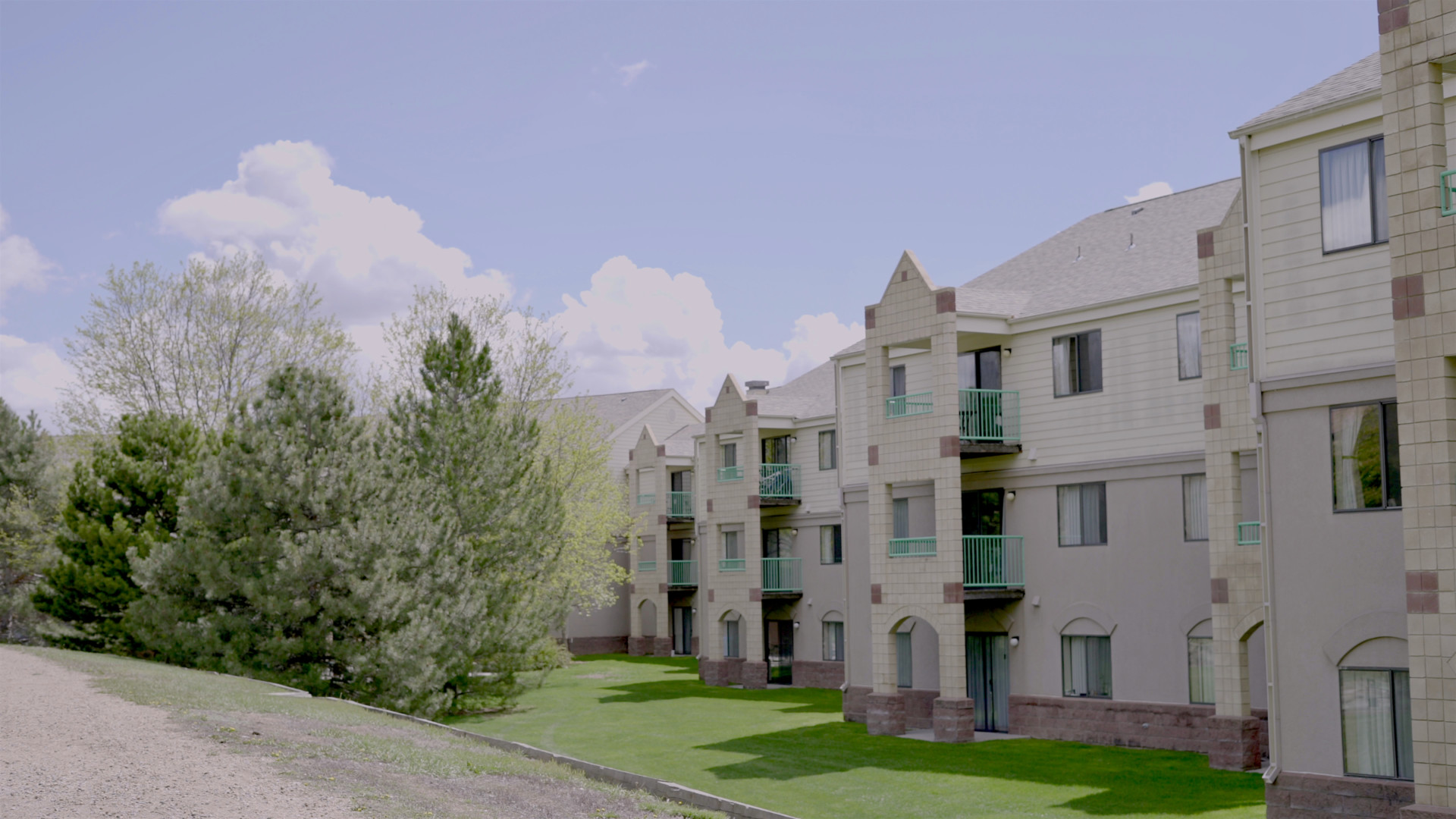
When you see the ENERGY STAR label on consumer appliances such as clothes washers, HVAC units, refrigerators and dishwashers, you know you’re getting a product that exceeds federal minimum standards for energy efficiency. What many of us don’t realize is that buildings and facilities are also eligible for a similar ENERGY STAR rating, indicating that they meet strict energy performance standards set by the U.S. Environmental Protection Agency.
According to the EPA, ENERGY STAR-certified buildings are verified to perform in the top 25 percent of buildings nationwide, based on weather-normalized source energy use that takes into account occupancy, hours of operation, and other key metrics. ENERGY STAR is the only energy efficiency certification in the United States that is based on actual energy performance.
Colorado State University’s International House, or IHouse, recently received a 2018 ENERGY STAR certification for superior energy performance. Managed by Housing & Dining Services, IHouse opened in 1994 and sits on the corner of Plum and Elizabeth. It is home to about 200 students who are either graduate students or undergrads over the age of 23.

HDS sustainability initiatives, including education and outreach to the residents of IHouse, have led to this recognition. Conservation efforts on the part of the students have helped to keep total energy usage down..
“ENERGY STAR focuses on a building’s energy use, given the building type, age, use, number of occupants, where it is located, types of energy used, etc. – and then the ‘score’ provides a benchmark against similar buildings,” explains Campus Energy Coordinator Stacey Baumgarn, who partnered with HDS on this certification effort. Qualifying ENERGY STAR scores range between 75 and 100, with IHouse receiving an 89.
Other certifications
CSU has buildings certified through several different green building organizations, each of which measures different sustainability criteria. CSU currently has 26 Leadership in Energy and Environmental Design (LEED) certified buildings, and one certified by Green Globes. IHouse is the first and only building on the CSU campuses to earn an ENERGY STAR certification. Sixty-seven Fort Collins-area buildings earned the ENERGY STAR rating in 2017.
“I like the idea of demonstrating that there is more than one way to measure a green building. LEED and other programs are great. But ENERGY STAR is great, too, particularly for benchmarking,” Baumgarn says.
On average, ENERGY STAR certified buildings and plants use 35 percent less energy, cause 35 percent fewer greenhouse gas emissions, and are less expensive to operate than their peers — all without sacrifices in performance or comfort.

Surprisingly, it is difficult to find buildings on campus eligible to utilize this particular rating system because there have to be comparable building categories or types elsewhere in the country, based on a particular set of standards. Although energy use per square foot in some residence halls on campus is quite good, they are currently not eligible to earn ENERGY STAR certification. IHouse was selected for this pilot application because it is an eligible building-type.. IHouse is a standalone apartment building with its own electric and natural gas meters, it is easy to gather month-by-month energy use, and there are lots of apartment buildings in the United States to compare it to.
“I would like to see CSU certify a few more buildings, if we can,” adds Baumgarn. “The ENERGY STAR tool, Portfolio Manager, is a very straightforward benchmarking tool.”
Through the use of this tool, CSU can use the information to see where energy use performance can be improved.
“It is nice to have ENERGY STAR brand-name recognition for one of our buildings,” he says. “There are lots of ways we want to tell our sustainability story – and, helping people know we are paying attention to energy use in our buildings is an important story.”